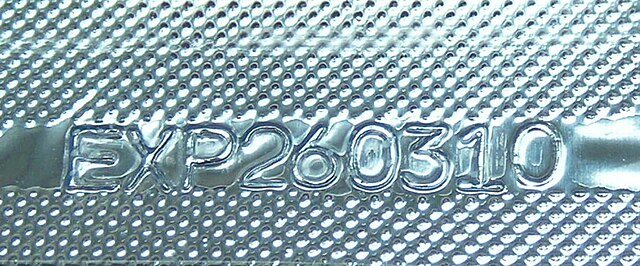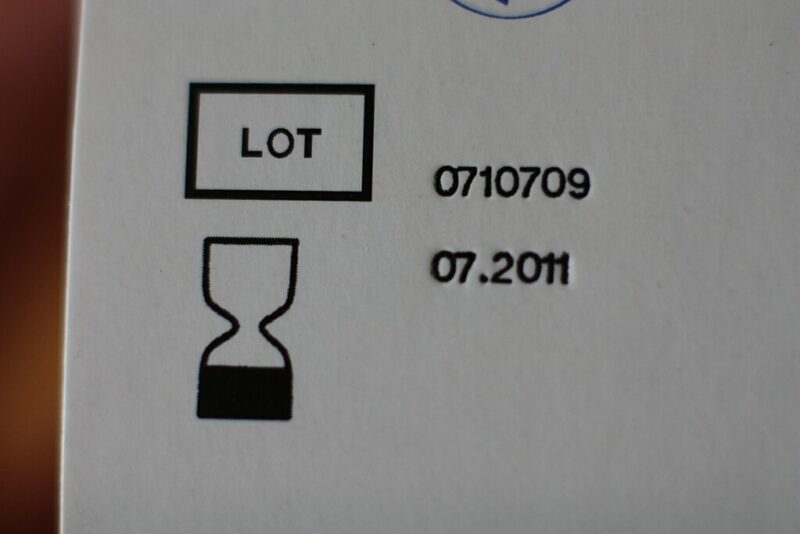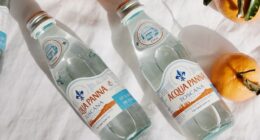The best before date signifies the period during which a product is at its optimal. Consuming products after this date doesn’t mean they are unsafe or spoiled, but their quality may have deteriorated. An expiry date indicates that consuming the product beyond this point may pose health risks.
TL;DR Best before date Vs. Expiry date
The “best before date” indicates when a product is at its best quality but doesn’t mean it’s unsafe after that date. The “expiry date” warns that consuming the product after that point may pose health risks.
“Prepared on date” shows when a product was made, and “freeze by date” indicates the last recommended date for freezing without compromising quality.
What is a Best Before Date?
The best before date is a guideline provided by the manufacturer to indicate the estimated timeframe during which a product will maintain its optimal quality and flavor.
Essentially, this date serves as an indicator of when the item might start to lose its freshness or effectiveness. However, it doesn’t mean that the product automatically becomes unsafe or inedible once that date has passed.
The “best before” date applies to products when they are unopened and stored under appropriate conditions. The “best before” date may no longer be applicable once the product is opened.
What is an Expiry Date?

An expiry date refers to the specific date after which a product should not be consumed or used due to safety concerns. It indicates that the item may no longer be safe, effective, or have the same quality as when it was first produced. The purpose of an expiry date is to protect consumers from potential harm and ensure that they are using products at their optimal state.
Best before date Vs. Expiry date – Key difference
| Best Before Date | Expiry Date (or Use By Date) | |
|---|---|---|
| Meaning | Indicates optimal quality and freshness | Indicates food safety and edibility |
| Type of Products | Found on non-perishable goods | Found on perishable and RTE foods |
| Safety Concern | Product may still be safe after date | Product may pose health risks after date |
| Importance | Relates to product quality | Relates to food safety |
| Consumption After Date | Product may be consumed, but quality may decline | Product should not be consumed after the date |
| Examples | Canned goods, dried foods, packaged goods | Fresh meats, dairy, ready-to-eat foods |
What is a prepared on date?
A “prepared on date” is a label used to indicate the date on which a product, such as food or perishable items, was prepared or manufactured. It helps consumers and retailers track the freshness and shelf life of the product.
The prepared on date is often found on items like pre-packaged foods, deli items, and some ready-to-eat meals to provide information about when they were made.
What is a freeze by date?
A “freeze-by date” is a label used to indicate the last recommended date for freezing a product without compromising its quality. It is often found on perishable items and foods that can be frozen to extend their shelf life.
Freezing by the designated date helps maintain the product’s freshness and taste when it is eventually thawed and consumed.
What is a manufactured on date?
A “manufactured on date” is a label used to indicate the specific date on which a product was manufactured or produced. It provides consumers with information about the product’s freshness and age.
Image Credits
Featured Image By – Politikaner, via Wikimedia Commons
Image 1 By – User:Mattes, via Wikimedia Commons








